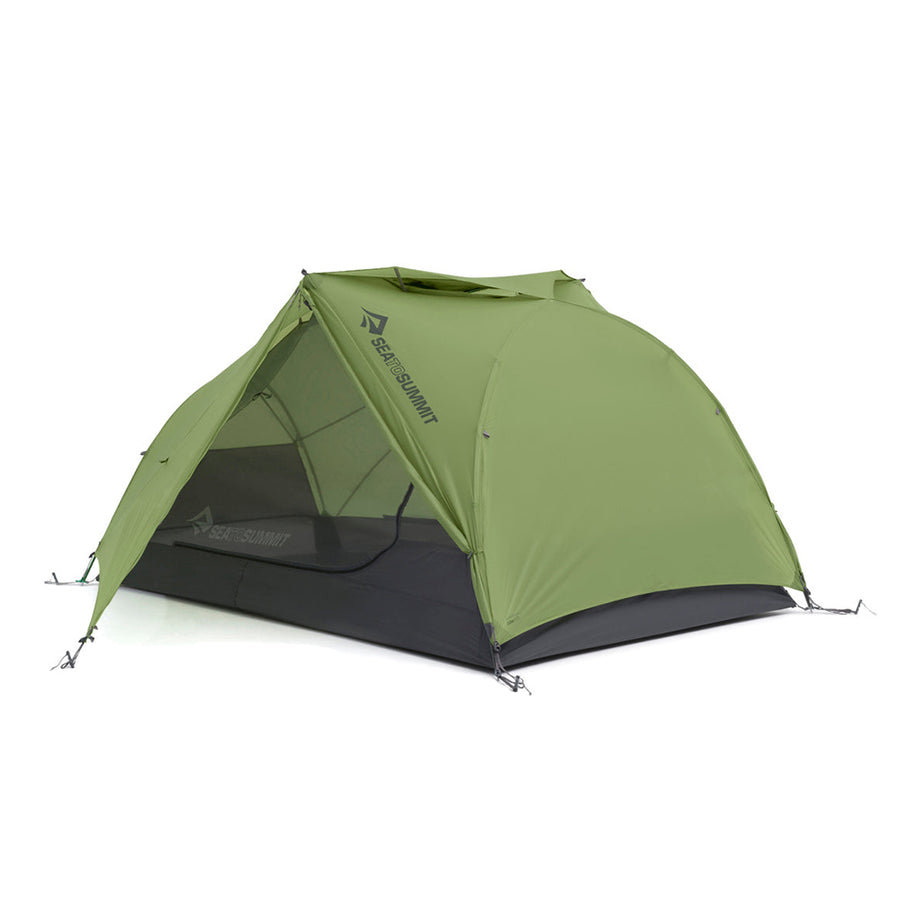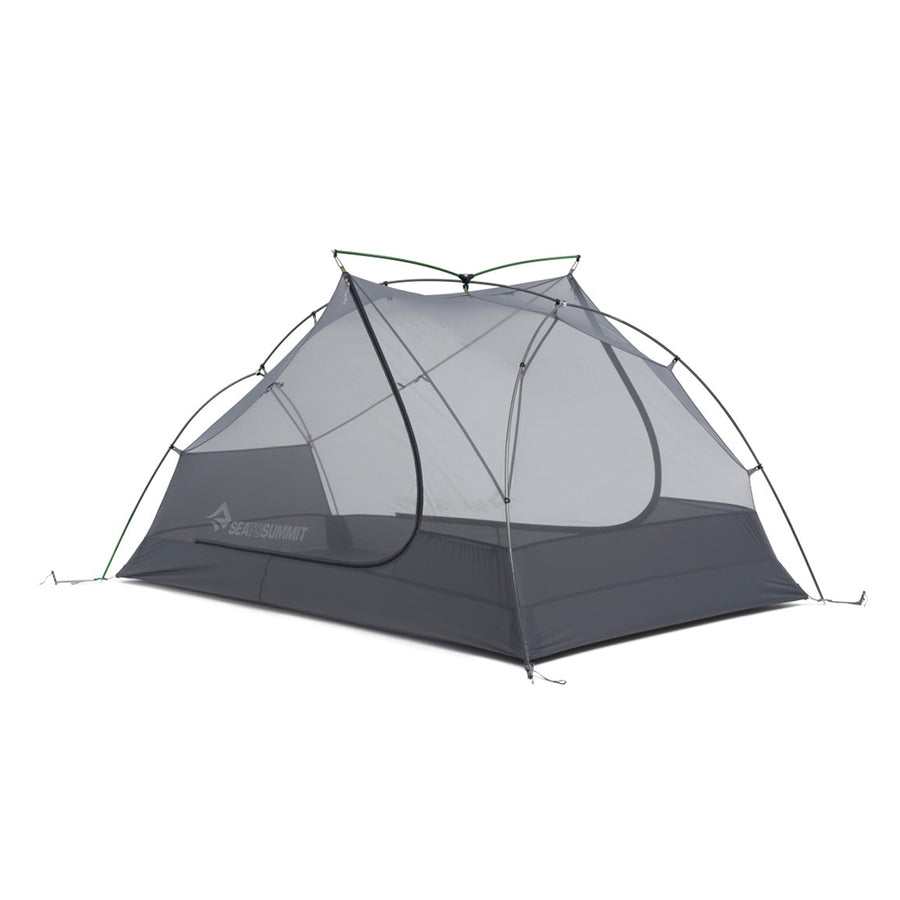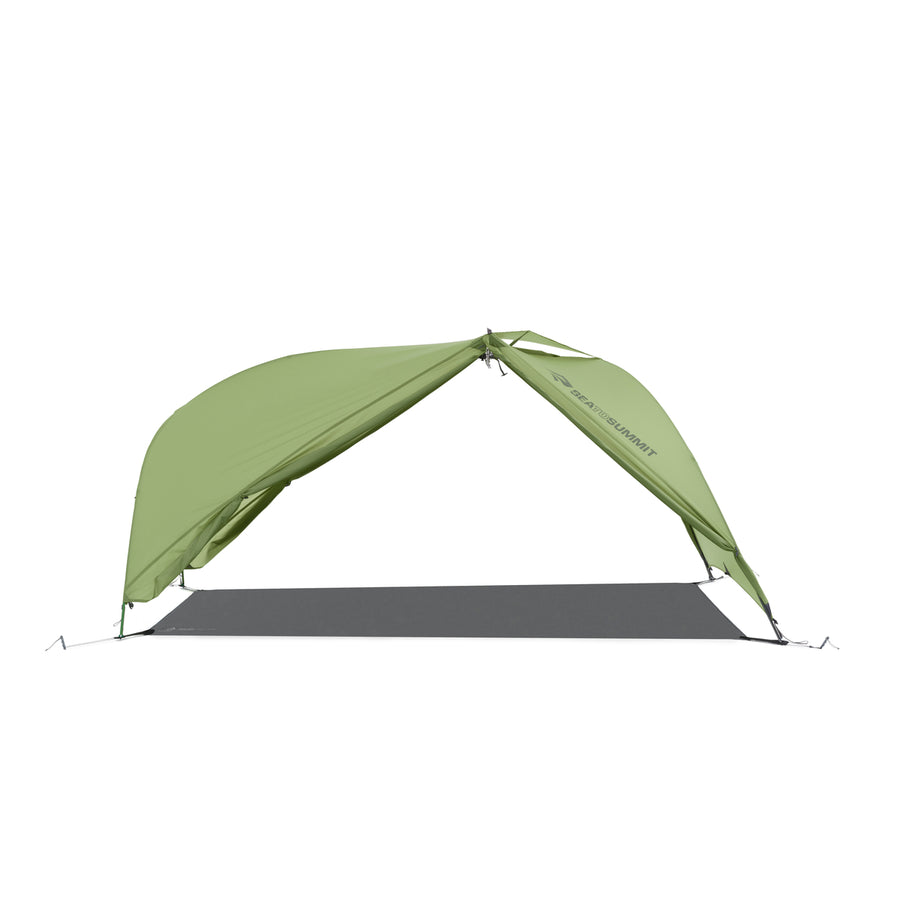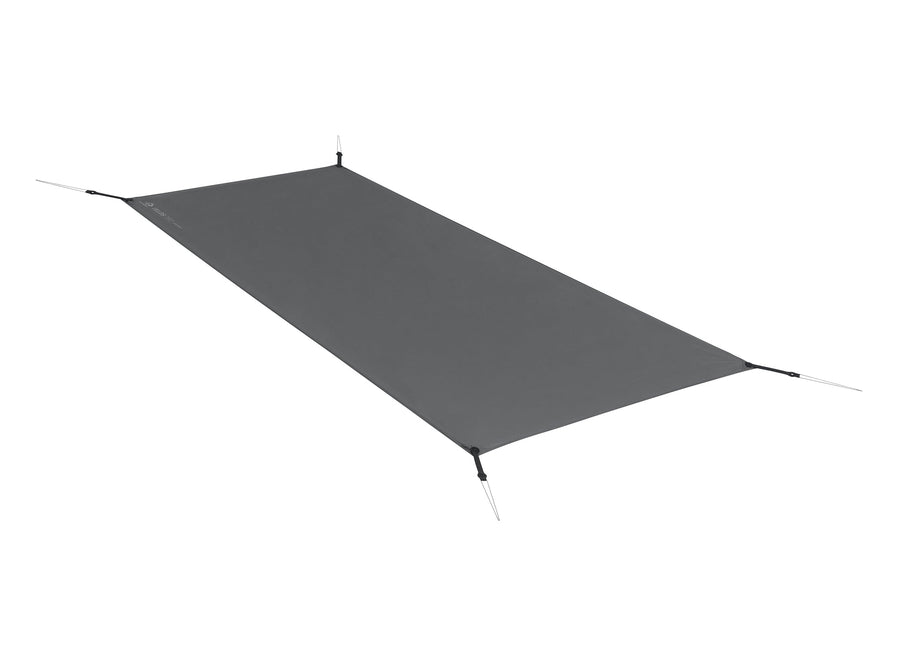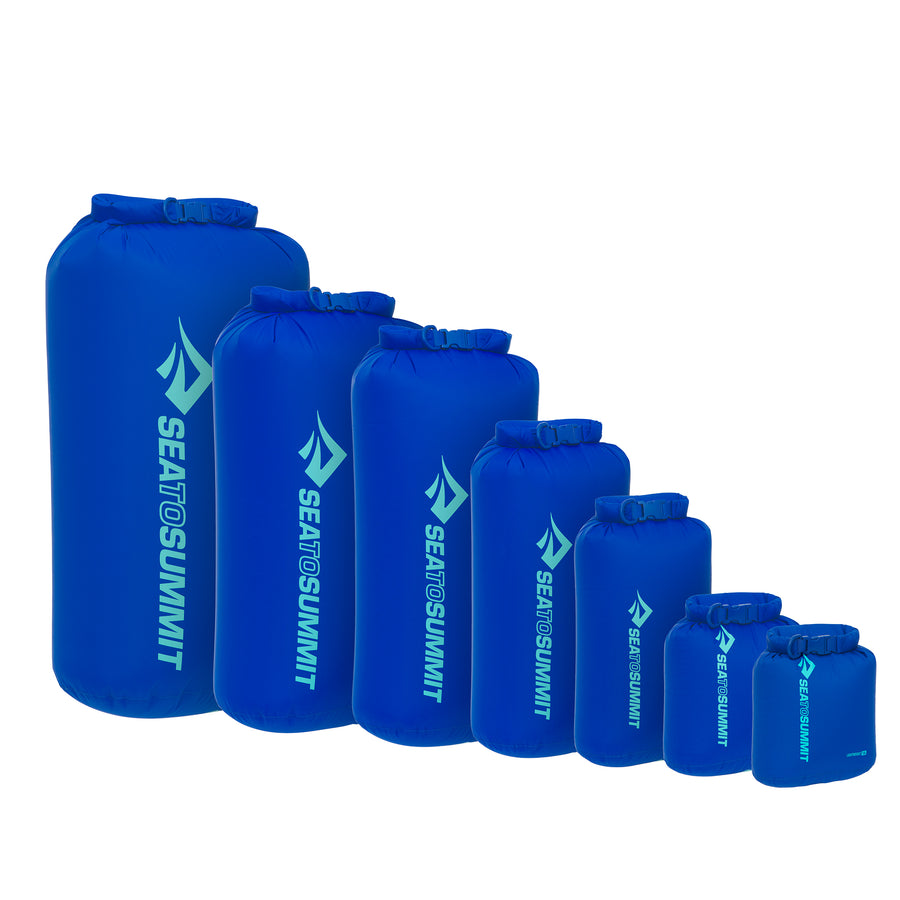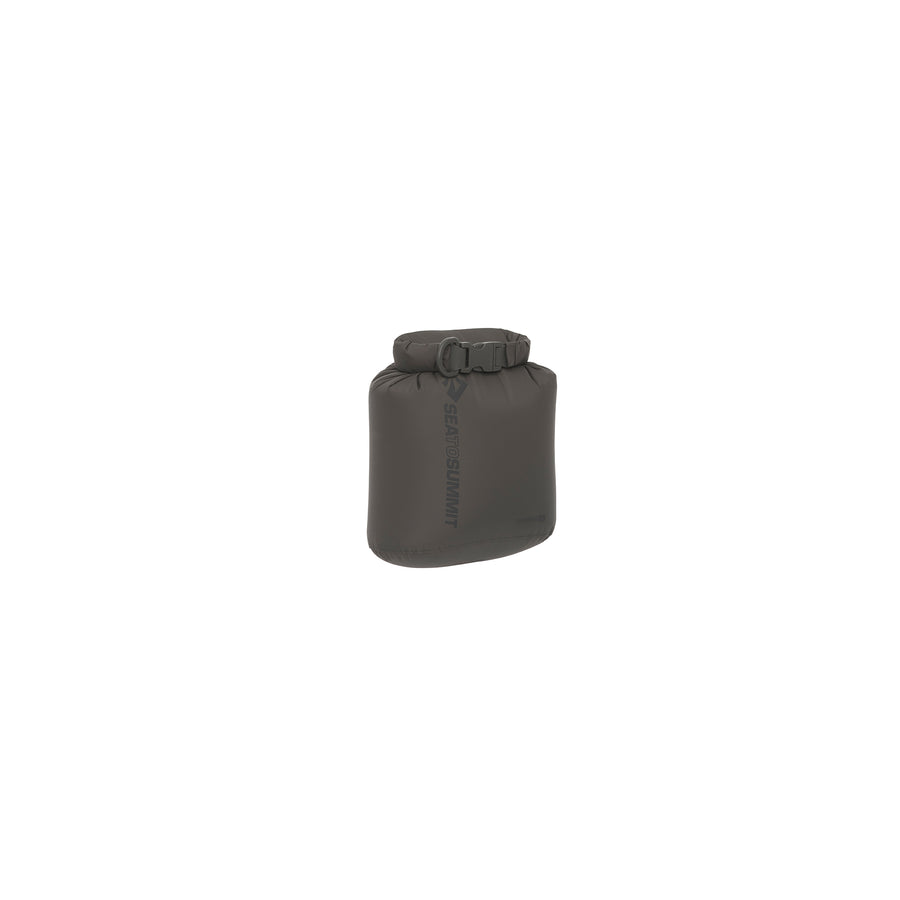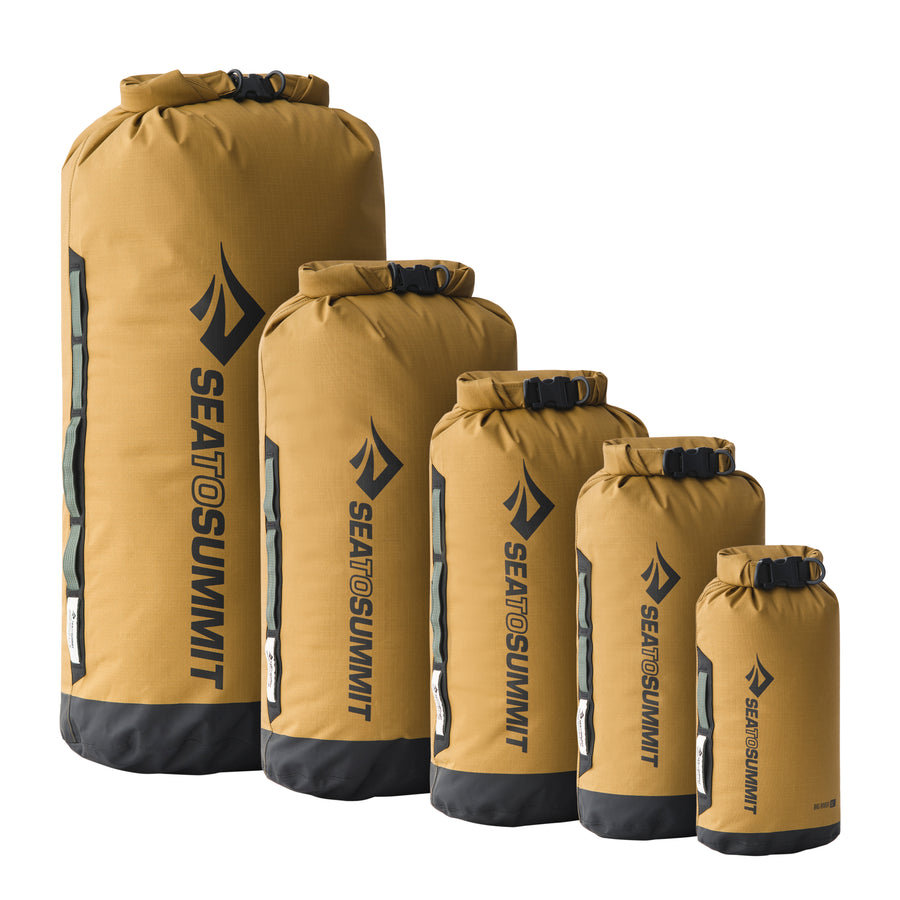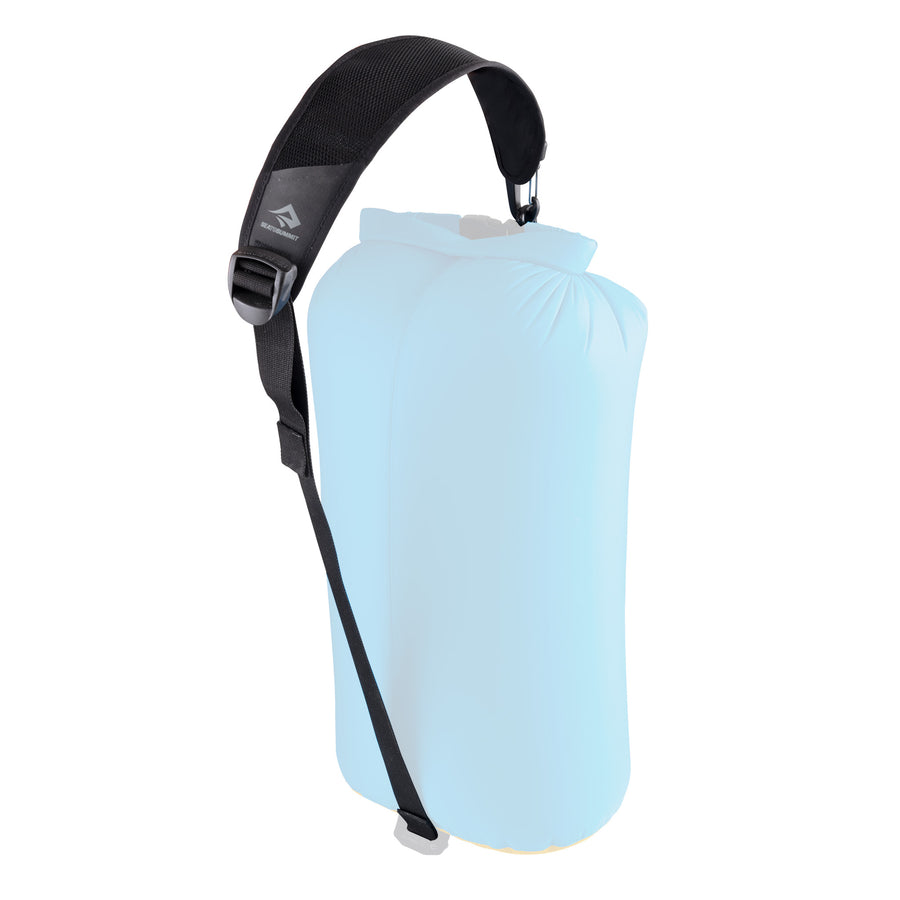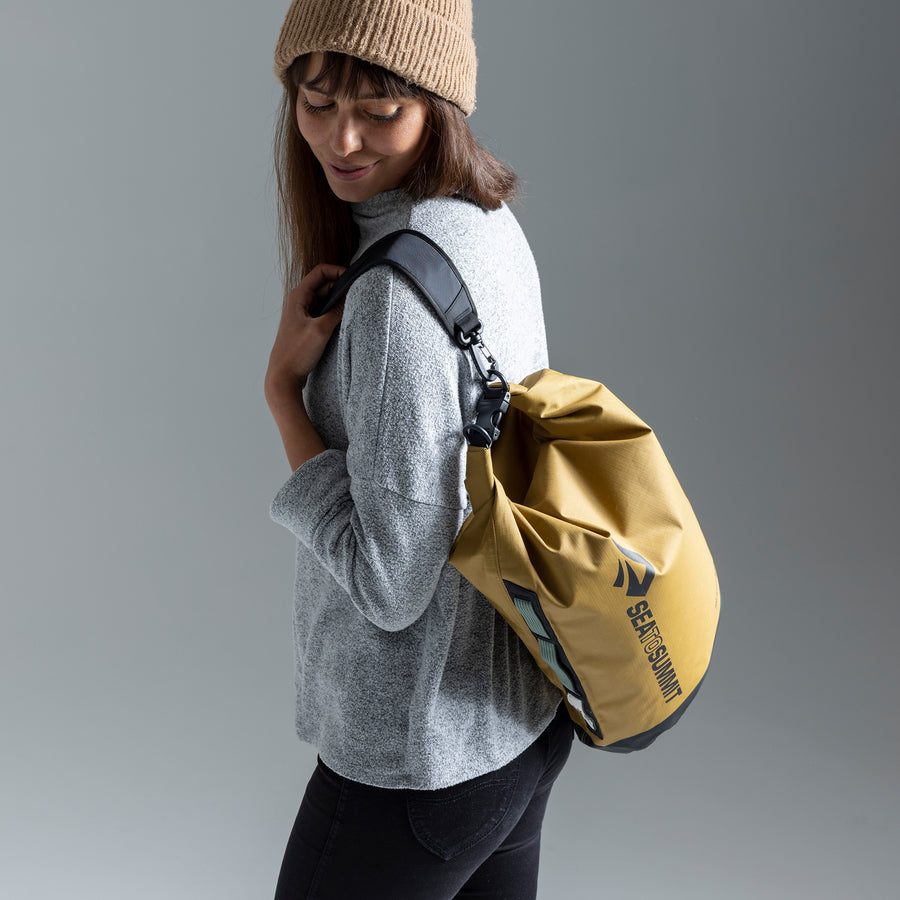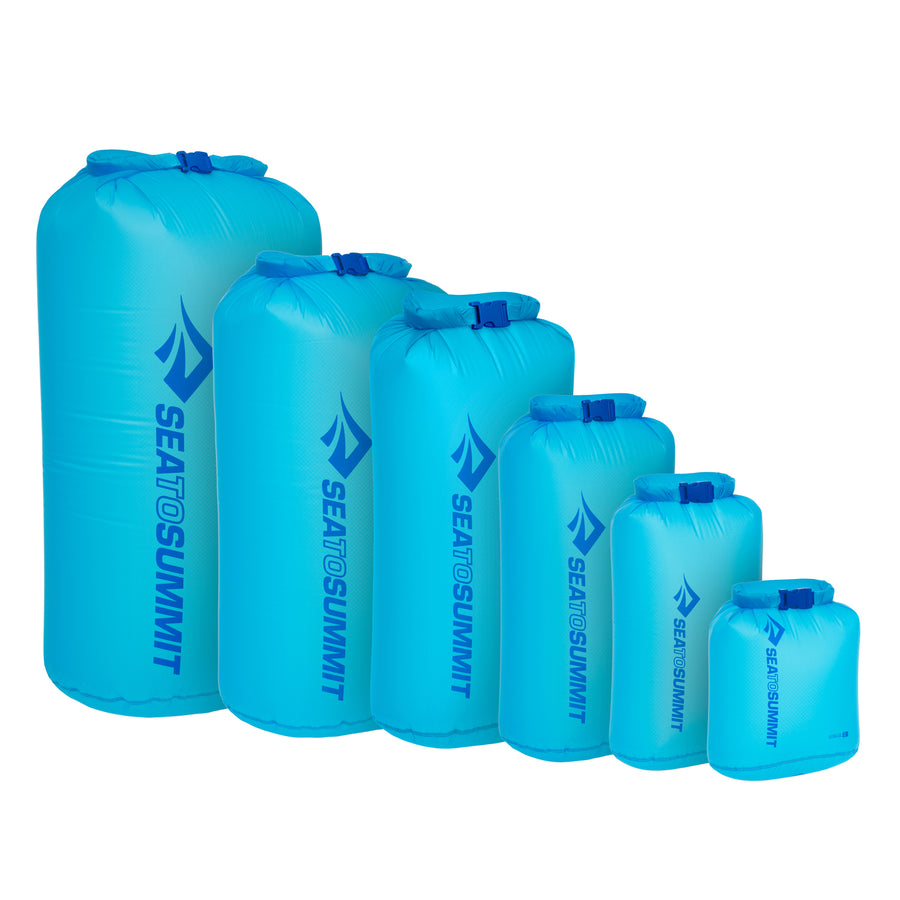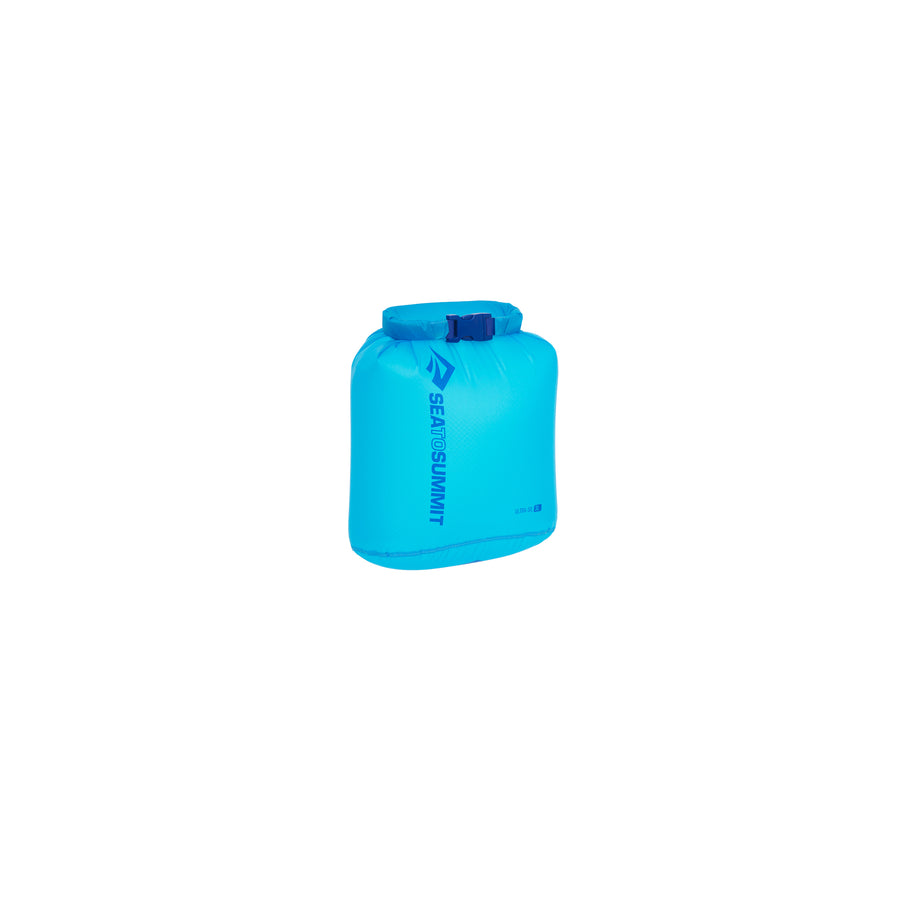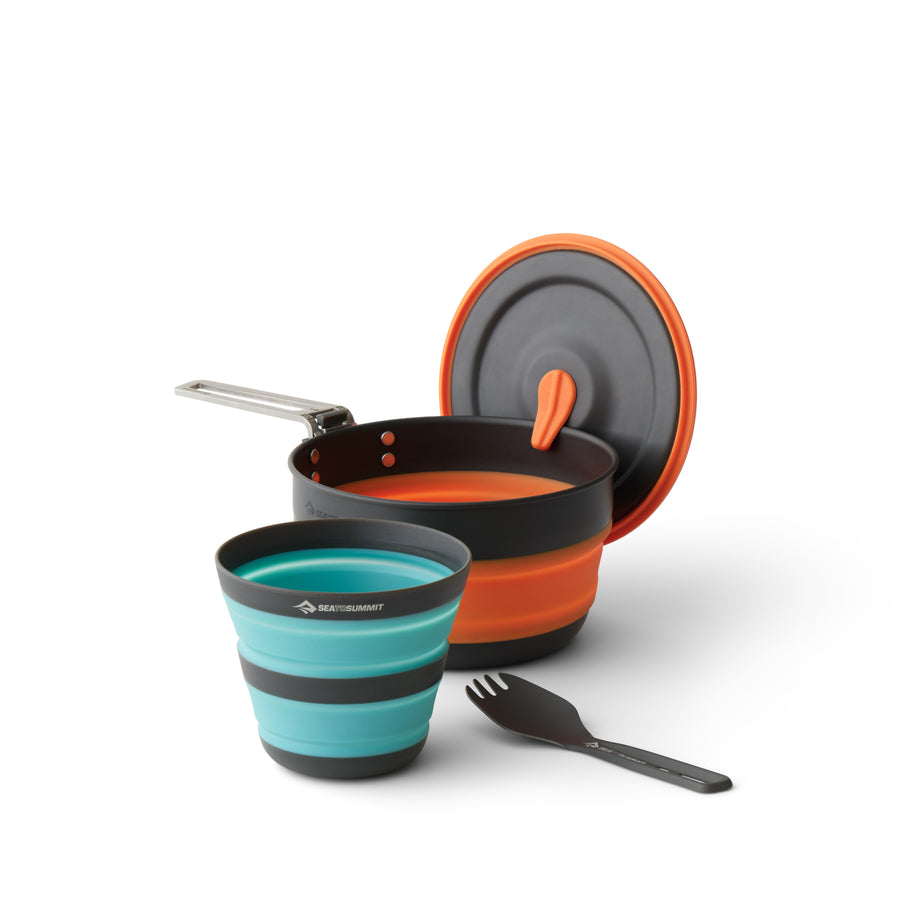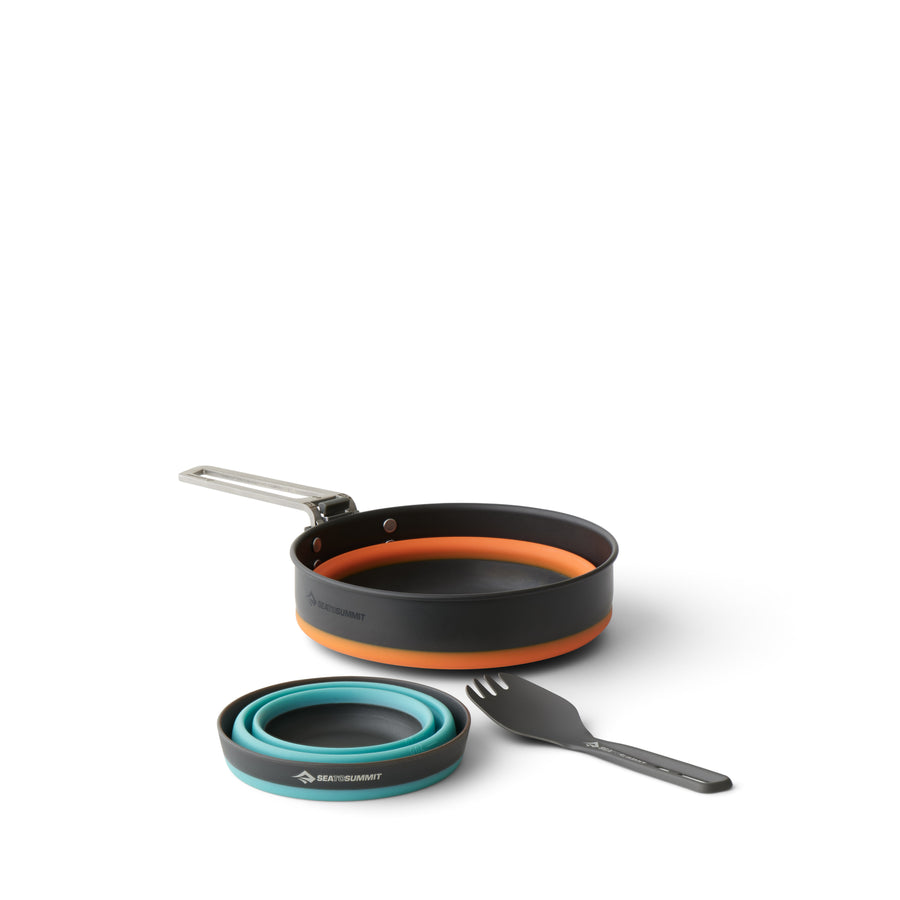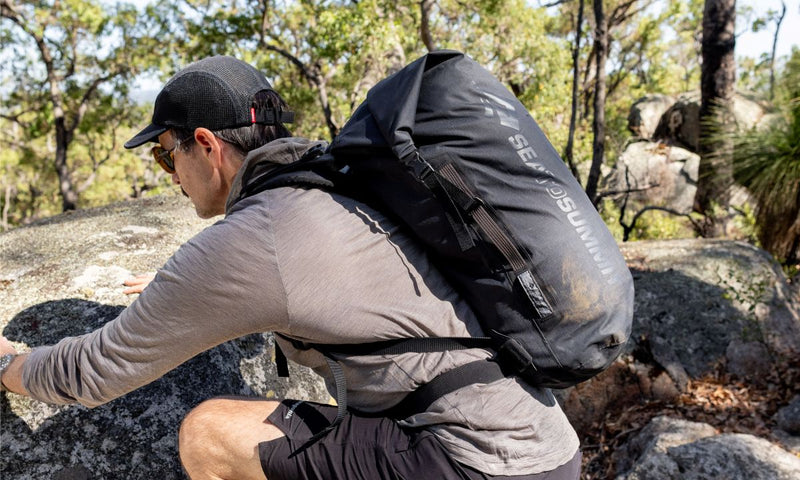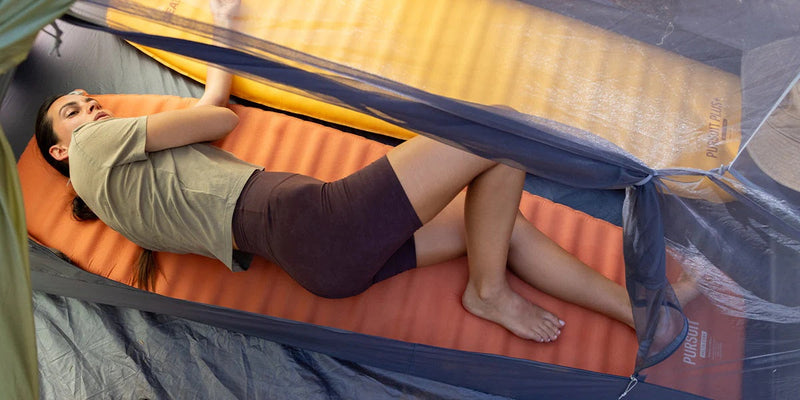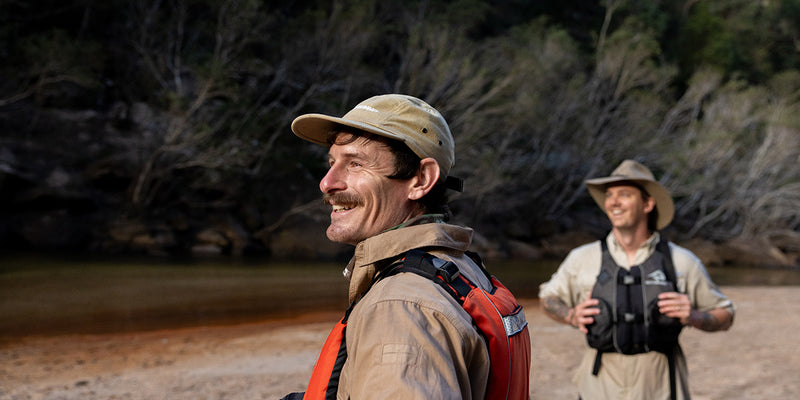Confidence

 The darkness of the forest is closing in, the temperature is dropping, and crystals of snow are building up on the skier’s clothing and backpack. In a situation like this, some people might feel a little uneasy.
The darkness of the forest is closing in, the temperature is dropping, and crystals of snow are building up on the skier’s clothing and backpack. In a situation like this, some people might feel a little uneasy.Not our protagonist.
There are two reasons why the skier in our story does not feel concerned: one, he has sufficient backcountry ski experience (which is essential for anyone venturing out a long way from civilization, particularly alone). And two, he has confidence in his gear.
Confidence means knowing you have the right gear, and knowing that it will work.
‘The right gear’ does not have lots of ‘features’. It is not made of generic materials with exotic-sounding names invented to hide their modest quality. The right gear differs from lesser products in that it is characterized by straightforward, intuitive functionality and by reliability. Good gear combines good design and quality components. Good gear works. Having ‘the right gear’ is not the same as being over-equipped; excess weight and bulk can slow you down and sap the energy you might need if things get critical.
‘Confidence’ is not the same as knowing that you can take a defective item back to a retailer or vendor and get a free of charge replacement. Gear which fails in the field – whether you’re on a solo nighttime ski tour or not - can put you in a difficult or uncomfortable situation.
Back to our skier.
He will reach the hut later that night. By the time he unclips his bindings and makes his way into the simple cabin, his shell and base layer clothing and his backpack will be soaked with snow and perspiration. The temperature inside the hut will be well below freezing.
From his pack, he will pull three Sea to Summit eVac Dry Sacks; one containing a sleeping bag and a Reactor sleeping bag liner, one containing base layers and fleece clothing, one containing a down sweater and gloves. All of which will be bone dry.
Outside the hut, the rising wind will unleash fresh salvos of snow. Inside, the sole inhabitant of the hut will sit, warm and dry, eating the last of the hearty meal prepared in his X-Kettle. He will stoke the fire, listen to the howls of the wind, and reflect on how very different the night would be without those trusted dry sacks.
If you would like to know what makes Sea to Summit gear so trustworthy, the Ask Baz team will be happy to provide details. Just put your question in the comment field below.
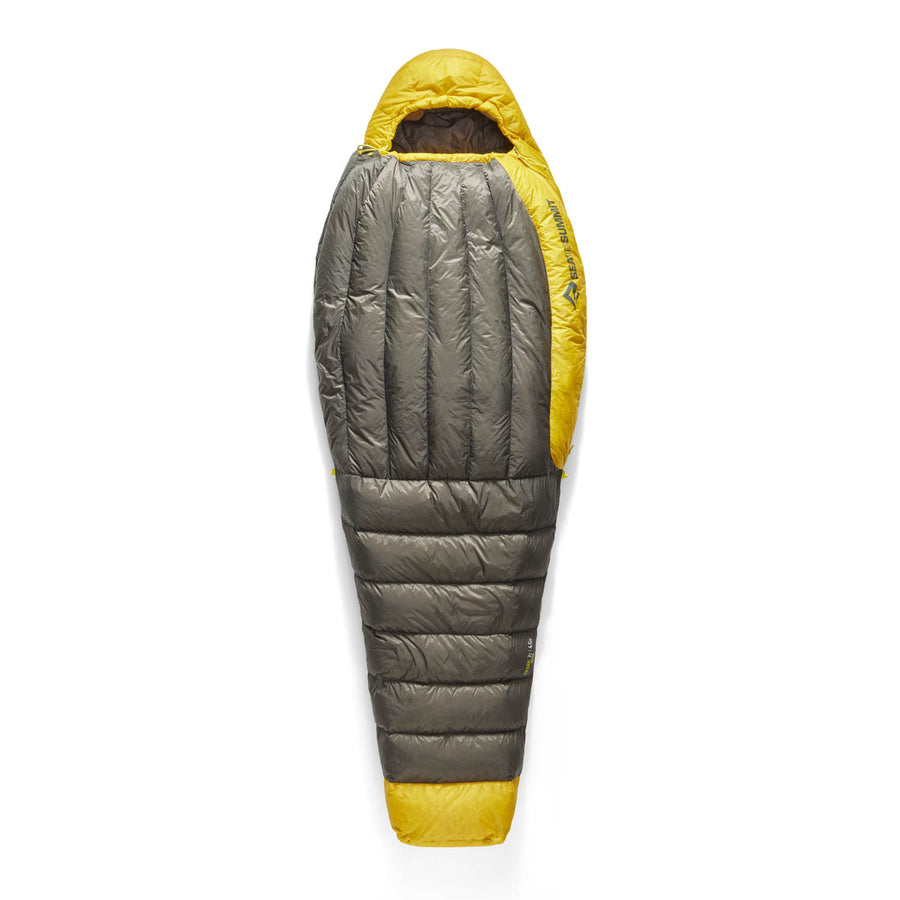
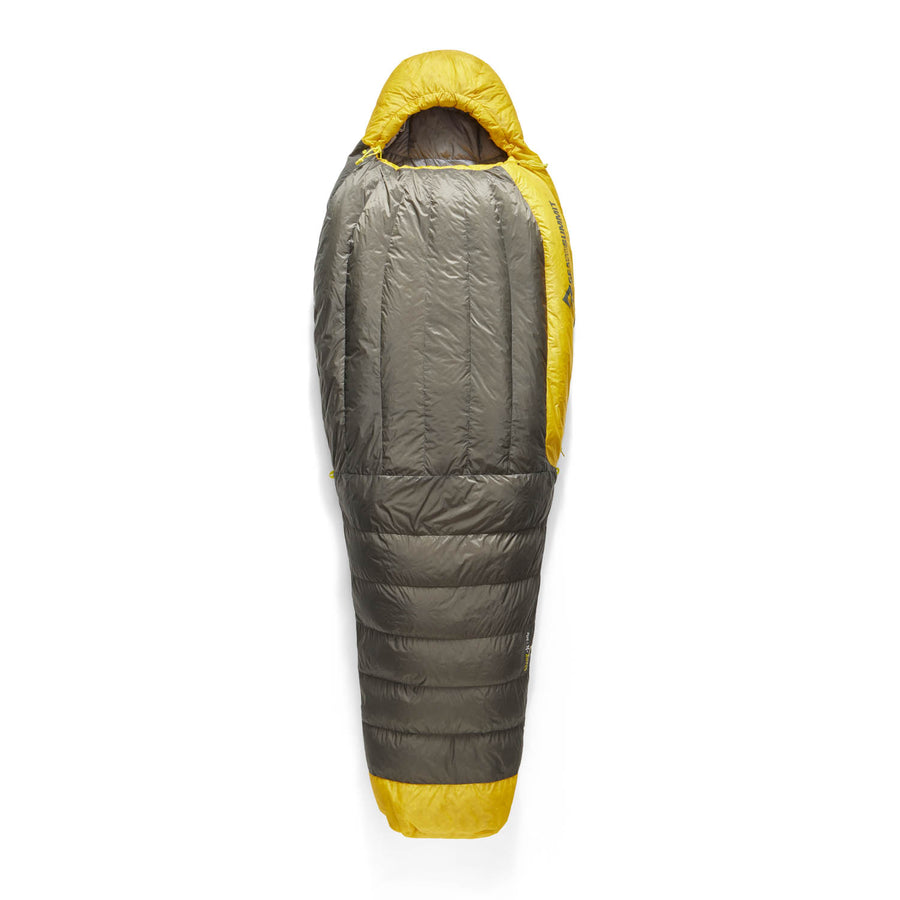
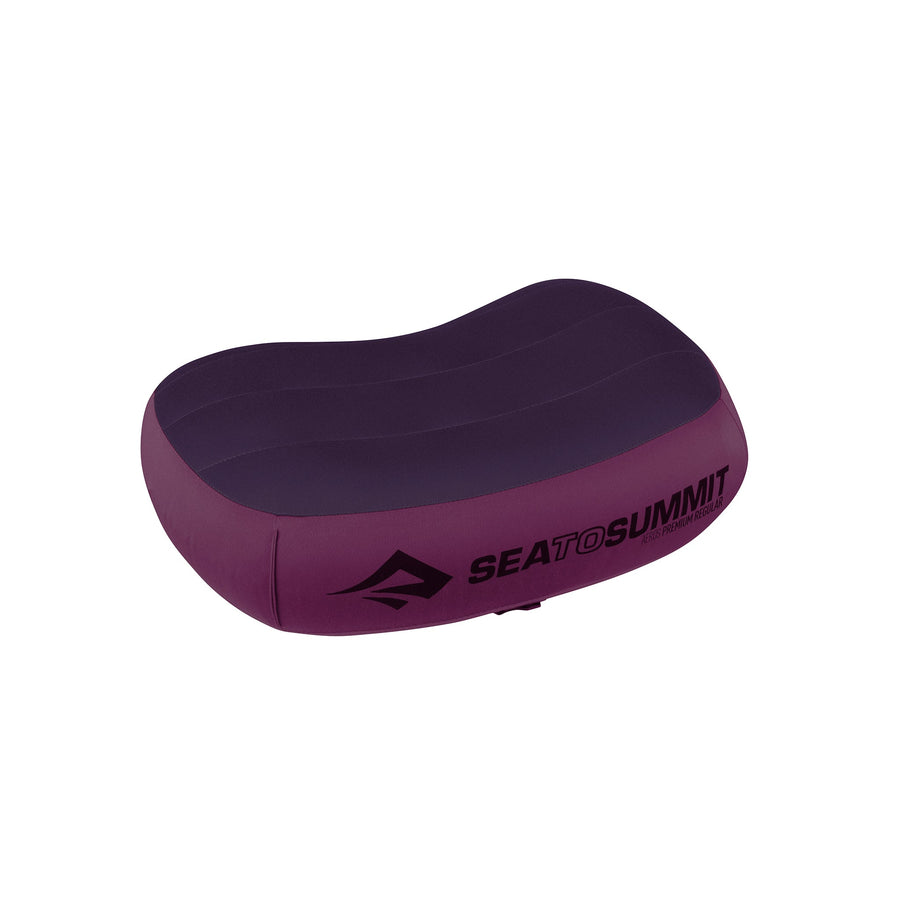
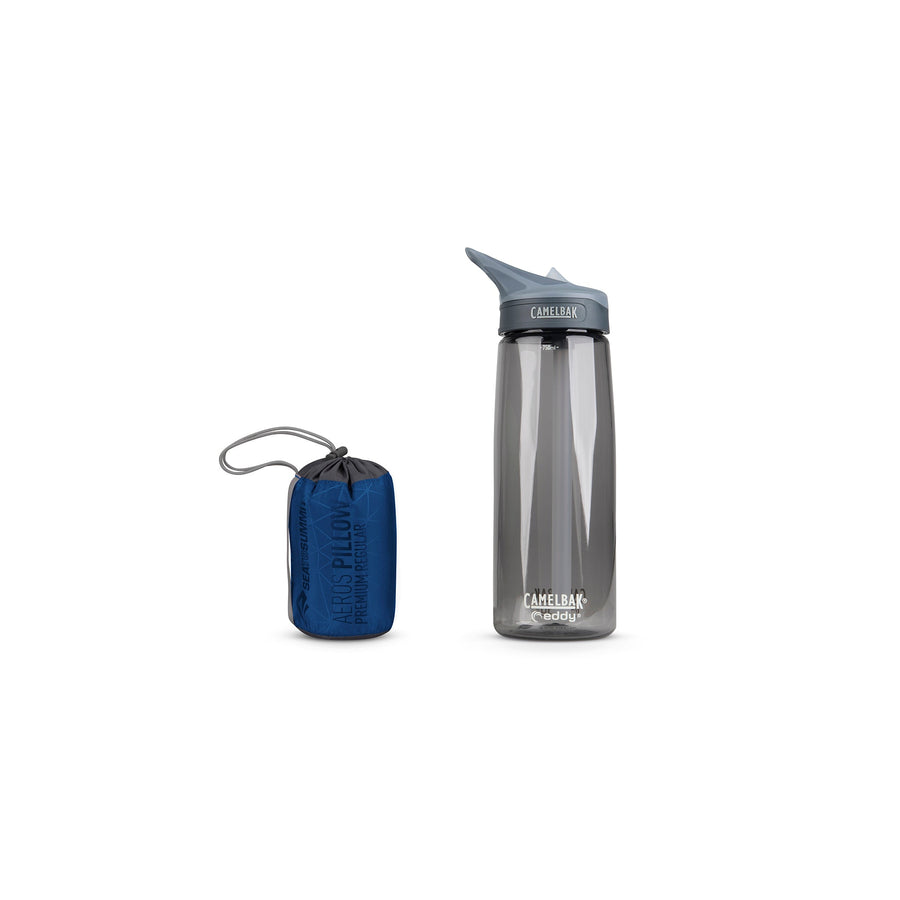
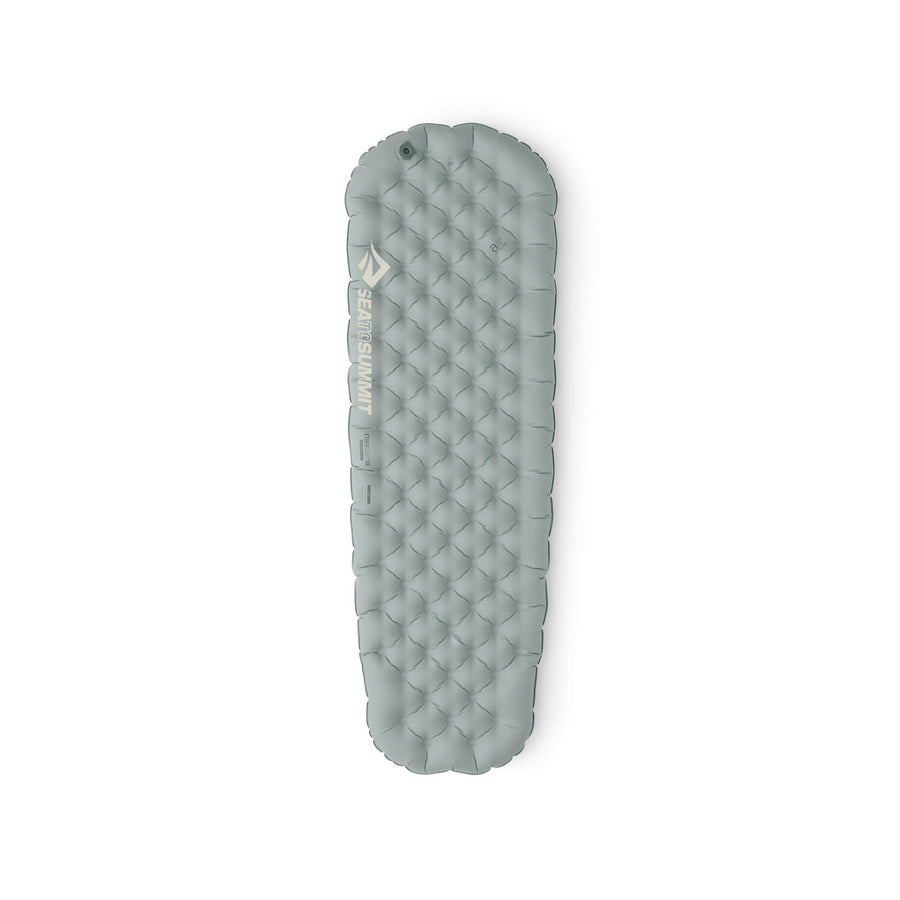
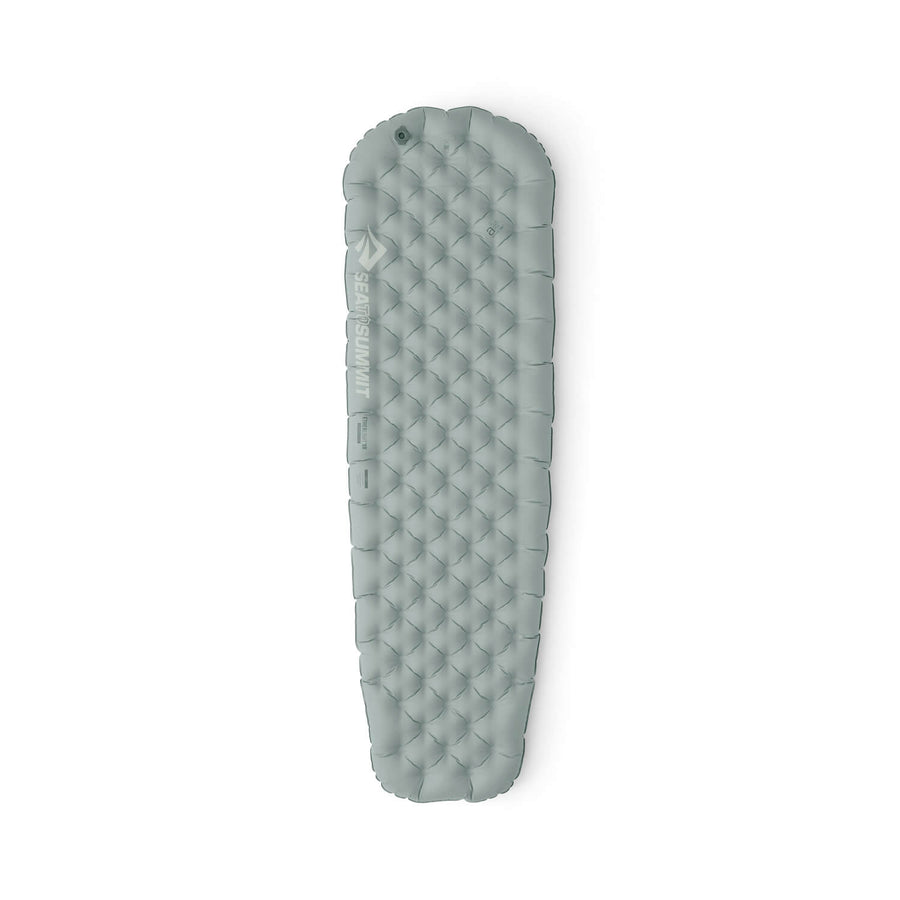
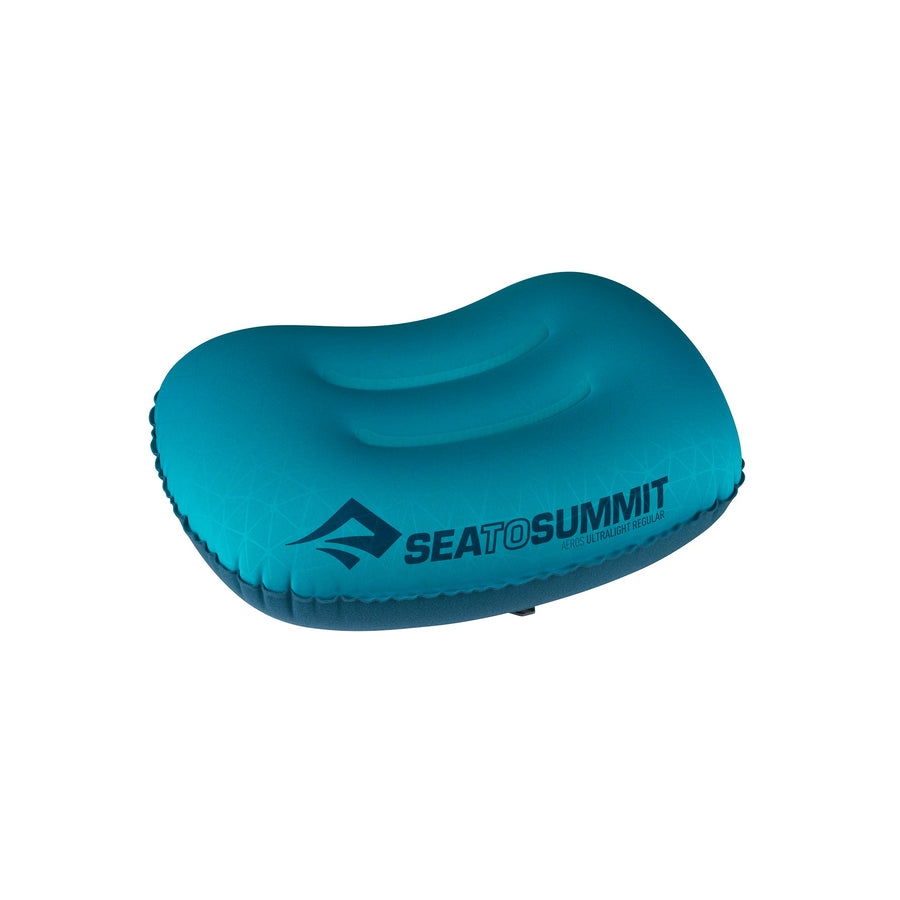
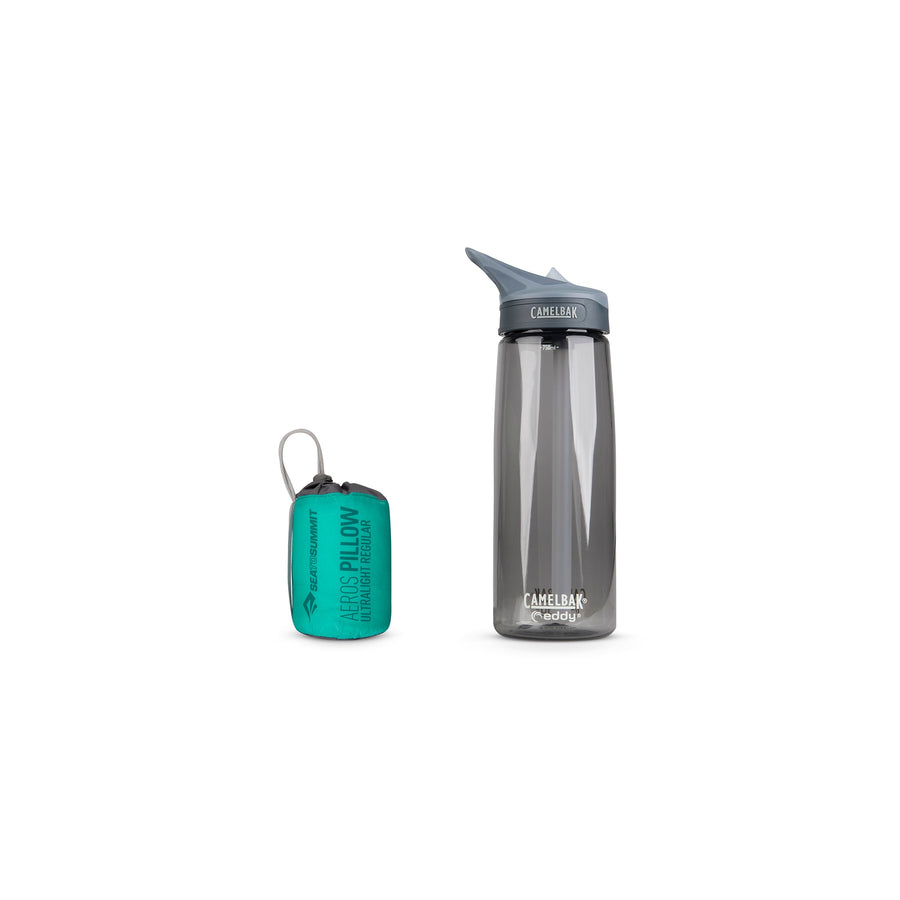
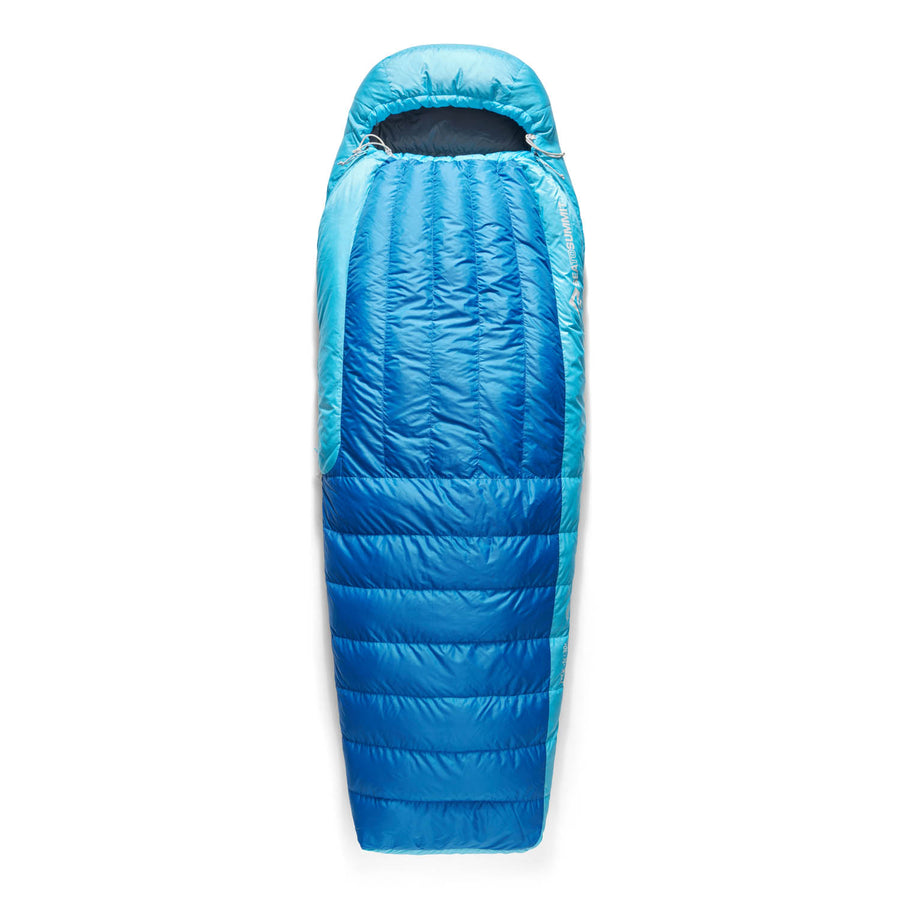
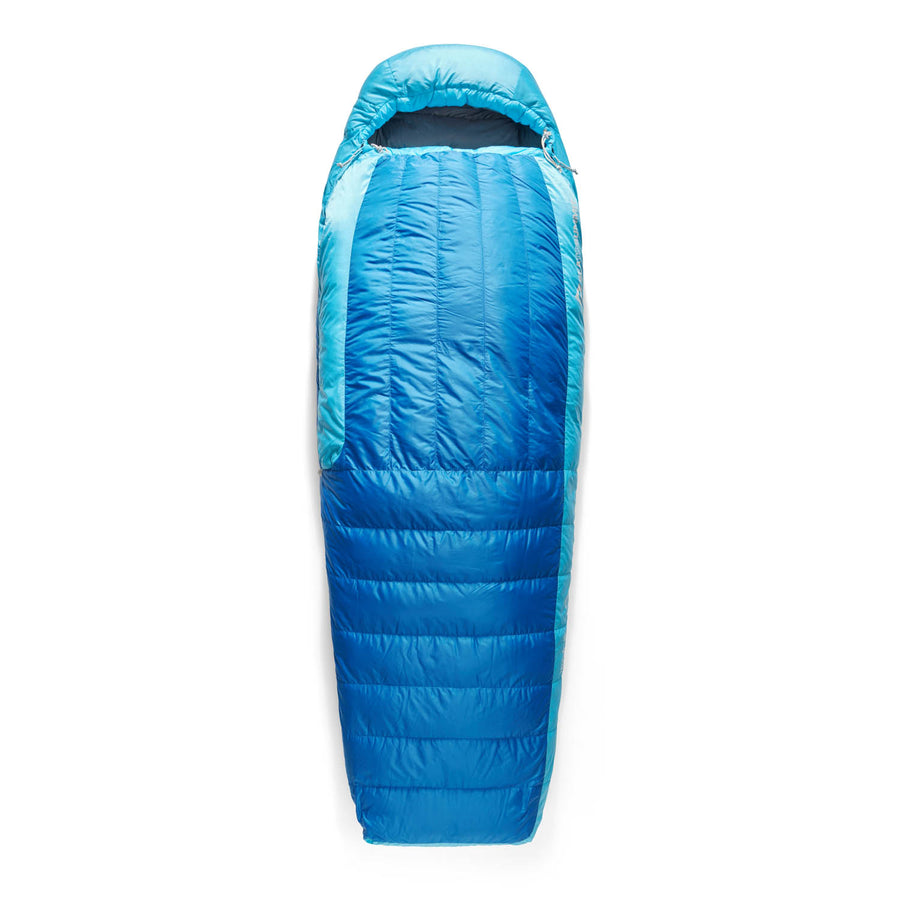
![Frontier Ultralight One Pot Cook Set - [3 Piece]](http://seatosummit.com.au/cdn/shop/files/FrontierULOnePotCookSet1P3Piece1.3LPotWithS-BowlandCup_ACK027031-122114_PRIMARY-1200x1200-9c6bd91.jpg?v=1749433473&width=900)
![Frontier Ultralight One Pot Cook Set - [3 Piece]](http://seatosummit.com.au/cdn/shop/files/FrontierULOnePotCookSet1P3Piece1.3LPotWithS-BowlandCup_ACK027031-122114_ADDITIONAL_1-1200x1200-9c6bd91.jpg?v=1749433473&width=900)
